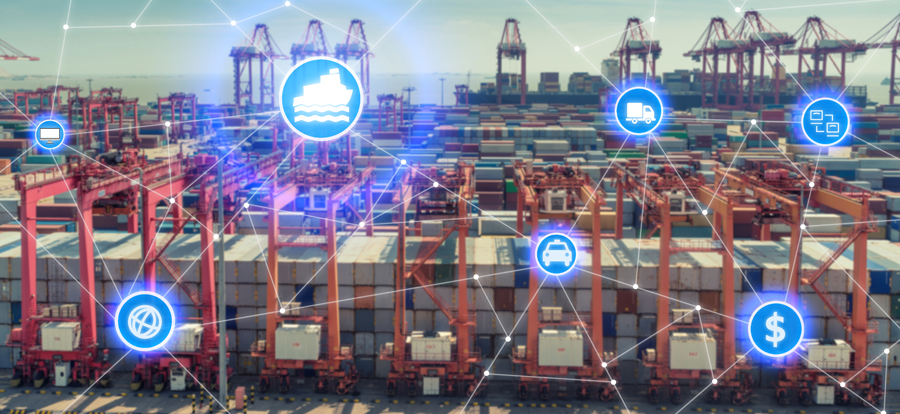Why the marine industry needs a new process for ship construction

Shipbuilders always want – and need – to deliver projects on spec, on time and on budget. However, increased complexity within the marine industry has made ship construction more complicated in recent years. Today’s ships are more complex to design, engineer and build. At the same time, economic uncertainty has put even more pressure on shipyards to be cost-conscious. But how are they supposed to reduce production costs without compromising quality?
Planning has been and remains incredibly important in shipbuilding, but increased emphasis on planning alone will not meet current challenges. Shipyards need to adjust the entire project management process to better meet the industry’s needs. Keep reading to learn how leveraging the digital twin to fine-tune the ship construction process can set the industry on the right course.
The standard approach to ship construction is inefficient
Shipbuilders have long understood the need for planning, implementing enterprise planning tools to facilitate collaboration, minimize risks and support configuration and change management during ship construction. Shipbuilders follow the master production schedule (MPS) closely to adhere to the correct work sequence. The MPS includes the material requirements plan (MRP), including the bill of materials (BOM) and details for work orders and purchase orders. Shipbuilders often implement an MRP software system to track inventory and materials, but this system needs to be fully integrated into an enterprise resource planning (ERP) system to be successful. Additionally, while helpful, implementing an MRP system has its limitations – limitations that could be removed if a system encompassing all functional areas of the shipyard is utilized. Doing so would give all teams access to the latest information and would align them to work on their shared goal.
Shipyard 4.0 is the way forward
Are these different systems and acronyms making your head spin? There is, in fact, a better way. Adopting a holistic digital thread approach to ship construction can bring these various processes together to create a more streamlined workflow for shipyards. This approach relies on enabling and integrating three core systems:
- An enterprise resource planning (ERP) system
- A product lifecycle management (PLM) platform
- A manufacturing operations management (MOM) system
These are the key foundational elements to the digital shipyard, or Shipyard 4.0. A crucial factor to Shipyard 4.0 is connecting these vital systems rather than leaving them separate, as has often been the case. Having them synced together ensures that design, engineering, production, planning and logistics are always aligned.
How to become a digital shipyard
Shipyards need to find ways to manage the increased complexity in ship design while increasing productivity without compromising quality to remain competitive. The answer is to adopt a digital thread approach to ship construction that integrates key systems across the yard, creating a digital shipyard. To learn more about the benefits and implementation of digital ship construction, download our free executive brief.
Comments
Leave a Reply
You must be logged in to post a comment.
Hey, I would love to share this article. Unfortunately, the link “download our free executive brief” does not work. Can you correct that please?
Thank you and have a great weekend!
Best regards
Hanna Stolze